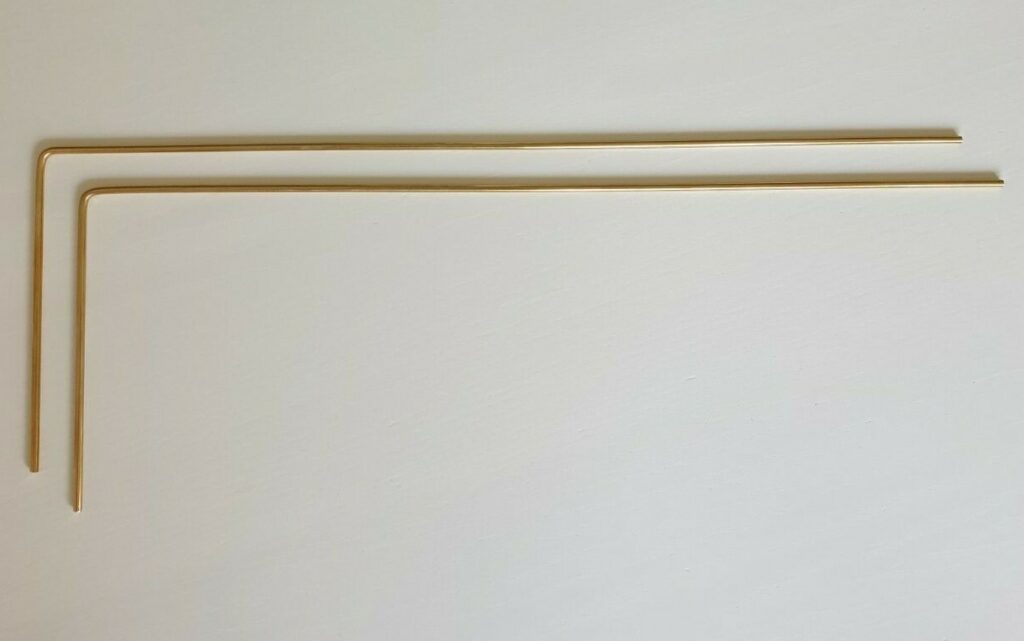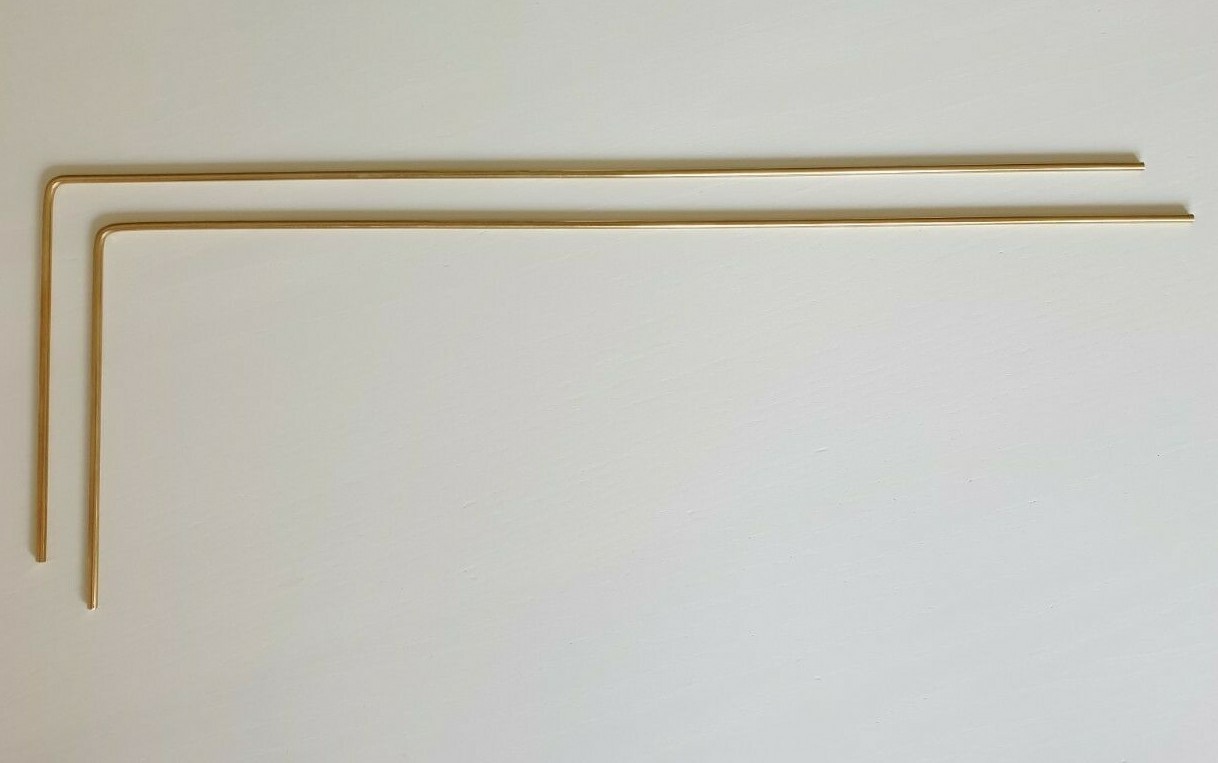
Unearthing the Mysteries of the Divining Rod: Exploring the Baguette de Sourcier
The baguette de sourcier, or divining rod, remains an enigmatic tool steeped in history and folklore. For centuries, people have turned to the divining rod, typically a forked branch, to locate underground water, minerals, and even lost objects. While modern science often casts doubt on its effectiveness, the practice persists, fueled by tradition and anecdotal evidence. This article delves into the fascinating world of the baguette de sourcier, exploring its origins, uses, skepticism, and enduring allure.
The History and Origins of Dowsing
Dowsing, the practice of using a divining rod, has a history stretching back centuries. While its precise origins are debated, evidence suggests that dowsing was practiced in ancient civilizations. Cave paintings in Tassili n’Ajjer, Algeria, dating back 8,000 years, depict figures holding forked sticks, which some interpret as evidence of early dowsing practices. The earliest documented use of dowsing in a practical context comes from the 16th century in Germany, where it was used to locate metal ores. These practitioners were known as ‘Wünschelrutengänger,’ literally ‘rod walkers.’
The practice quickly spread throughout Europe, becoming associated with finding not only minerals but also water sources. As dowsing gained popularity, different types of rods and techniques emerged. The baguette de sourcier, typically made from willow, hazel, or peach wood, became a common tool, particularly in France and other parts of Europe. The choice of wood often depended on local availability and tradition.
How a Baguette de Sourcier is Used
The technique for using a baguette de sourcier involves holding the forked ends of the branch with palms facing upwards, keeping the arms close to the body. The dowser then walks slowly over the area to be searched, focusing their intention on finding the desired substance, be it water, minerals, or something else. The belief is that when the dowser passes over the target, the rod will move – typically dipping downwards, sometimes violently – indicating its presence.
The movement of the rod is attributed by some to a physical or energetic connection between the dowser, the rod, and the target. Others believe that subtle muscle movements, known as the ideomotor effect, are responsible for the rod’s movement. This effect suggests that unconscious expectations and suggestions can influence involuntary muscle actions.
The Science (or Lack Thereof) Behind Dowsing
Despite its long history and continued practice, the scientific community largely remains skeptical of dowsing. Numerous controlled experiments have been conducted to test the effectiveness of dowsing, with the vast majority failing to demonstrate any statistically significant correlation between dowsing and the accurate location of underground resources. Critics argue that the movements of the baguette de sourcier are due to chance, suggestion, or the ideomotor effect.
However, proponents of dowsing often argue that the scientific method is not suitable for evaluating its effectiveness. They suggest that dowsing involves subtle energies or sensitivities that are not easily measurable or quantifiable using conventional scientific instruments. This difference in perspective has led to a long-standing debate between believers and skeptics.
Common Uses of the Baguette de Sourcier Today
Despite the scientific skepticism, the baguette de sourcier continues to be used in various contexts today. While less prevalent in industrialized nations, dowsing remains a common practice in rural areas and developing countries, where access to modern technology may be limited. Some of the common uses include:
- Water Divining: Finding underground water sources for wells or irrigation. This is perhaps the most common application of the baguette de sourcier.
- Mineral Exploration: Locating deposits of valuable minerals, such as gold, silver, or copper.
- Finding Lost Objects: Some individuals use dowsing to locate lost items, such as keys, jewelry, or even missing persons.
- Archaeology: Assisting in archaeological surveys by identifying potential areas of interest for excavation.
- Agriculture: Determining the best locations for planting crops or identifying areas with poor soil conditions.
The Enduring Allure of the Baguette de Sourcier
The baguette de sourcier holds a certain allure, perhaps stemming from its connection to ancient traditions and the belief in hidden knowledge. For many, it represents a link to the natural world and a way to tap into unseen forces. Even in an age dominated by science and technology, the practice of dowsing persists, offering a sense of mystery and possibility.
The continued use of the baguette de sourcier also speaks to the human desire for simple solutions and the appeal of intuitive methods. In situations where conventional tools and techniques are unavailable or ineffective, dowsing offers a readily accessible alternative. The low cost and simplicity of the method make it particularly attractive in resource-constrained environments.
Different Types of Divining Rods
While the forked branch is the most recognizable form of divining rod, other types exist. L-shaped rods, made from metal, are also commonly used. These rods are held loosely in each hand, and their movement – either inward or outward – is interpreted as an indication of the target’s presence. Pendulums, consisting of a weight suspended from a string or chain, are another variation. The pendulum’s swing, either circular or linear, is believed to provide answers to specific questions.
The choice of divining rod often depends on personal preference and the specific application. Some dowsers believe that certain types of rods are more effective for particular tasks. For example, a wooden baguette de sourcier might be preferred for water divining, while metal rods might be used for mineral exploration.
Skepticism and the Ideomotor Effect
One of the main arguments against the effectiveness of dowsing is the ideomotor effect. This psychological phenomenon suggests that unconscious muscle movements can be influenced by expectations and suggestions. In the context of dowsing, the ideomotor effect could explain why the baguette de sourcier moves, even if there is no actual underlying substance or energy being detected. The dowser may unconsciously anticipate the rod’s movement, leading to subtle muscle contractions that cause the rod to dip or swing.
Skeptics point to the fact that dowsing results are often inconsistent and unreliable. In controlled experiments, where dowsers are unaware of the location of the target, their success rate is typically no better than chance. This lack of consistency undermines the claim that dowsing is a reliable method for locating underground resources.
Anecdotal Evidence and Personal Experiences
Despite the scientific skepticism, many individuals swear by the effectiveness of dowsing. They share anecdotal evidence of successful water divining, mineral exploration, or finding lost objects using a baguette de sourcier. These personal experiences often serve as strong validation for believers, even in the face of scientific criticism.
It is important to note that anecdotal evidence, while compelling, is not a substitute for scientific proof. Personal experiences can be influenced by biases, expectations, and chance occurrences. However, the persistence of anecdotal evidence suggests that there may be more to dowsing than meets the eye, even if the underlying mechanisms are not fully understood.
The Future of Dowsing
The future of dowsing remains uncertain. While it is unlikely to replace modern scientific methods for resource exploration, the practice is likely to persist, particularly in areas where traditional knowledge and practices are valued. The baguette de sourcier may continue to serve as a tool for those seeking a connection to the natural world and a means of tapping into unseen forces.
As technology advances, it is possible that new instruments and techniques will be developed to study dowsing in a more rigorous and scientific manner. This could potentially shed light on the underlying mechanisms, if any, that contribute to its effectiveness. In the meantime, the baguette de sourcier will continue to be a source of fascination, debate, and perhaps, a little bit of magic.
Ultimately, the baguette de sourcier represents a blend of tradition, belief, and human intuition. Whether viewed as a relic of the past or a viable tool for the future, it remains a compelling example of the enduring human quest for knowledge and understanding.
[See also: History of Dowsing]
[See also: Scientific Studies on Dowsing]
[See also: Modern Applications of Dowsing]

